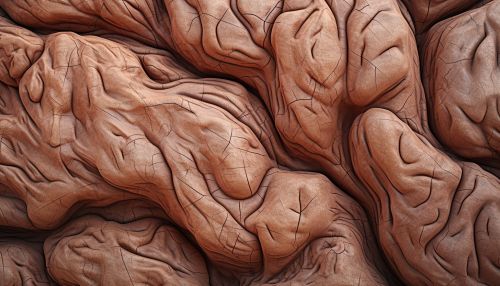Brain Aging
Introduction
The brain is a complex organ that undergoes various changes as it ages. This process, known as brain aging, encompasses a multitude of structural, chemical, and functional changes that occur over time. Understanding these changes is crucial for comprehending the cognitive decline often associated with aging and the development of neurodegenerative diseases such as Alzheimer's and Parkinson's.


Structural Changes
As the brain ages, it undergoes several structural changes. The most notable of these is the reduction in brain volume, particularly in the cortex, the outermost layer of the brain responsible for higher cognitive functions. This cortical atrophy is primarily due to the loss of neurons, the primary cells of the brain, and the shrinkage of their dendritic trees.
Chemical Changes
In addition to structural changes, the aging brain also experiences various chemical changes. These include alterations in the levels and functioning of neurotransmitters, the chemical messengers of the brain. For instance, there is a decrease in the production of dopamine, a neurotransmitter involved in reward and movement, which contributes to the motor symptoms seen in Parkinson's disease.
Functional Changes
Functional changes in the aging brain are closely tied to its structural and chemical alterations. These changes often result in a decline in cognitive abilities, such as memory, attention, and processing speed. However, not all cognitive functions decline with age. For example, semantic memory, the ability to remember general knowledge and facts, often remains stable or even improves with age.
Factors Influencing Brain Aging
Numerous factors can influence the rate and extent of brain aging. These include genetic factors, lifestyle choices, and environmental influences. For example, regular physical exercise and a healthy diet have been shown to slow down the process of brain aging, while chronic stress and exposure to environmental toxins can accelerate it.
Brain Aging and Neurodegenerative Diseases
Brain aging is a major risk factor for the development of neurodegenerative diseases. These conditions, which include Alzheimer's and Parkinson's disease, are characterized by the progressive loss of neurons and cognitive function. Understanding the process of brain aging can therefore provide valuable insights into the mechanisms underlying these diseases and potential strategies for their prevention and treatment.
Conclusion
Brain aging is a complex process that involves a multitude of structural, chemical, and functional changes. While these changes can lead to cognitive decline and increase the risk of neurodegenerative diseases, they are not inevitable. A better understanding of the factors that influence brain aging and the mechanisms underlying its associated changes can pave the way for interventions that promote healthy brain aging and reduce the risk of neurodegenerative diseases.
